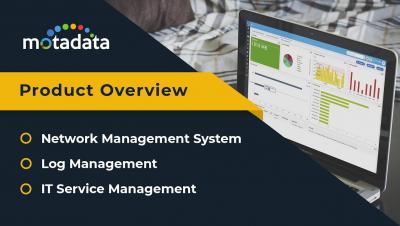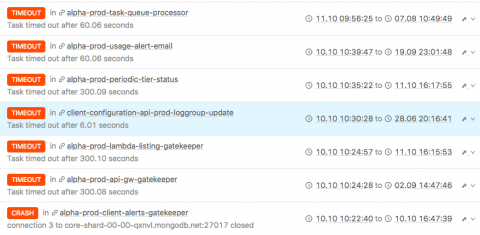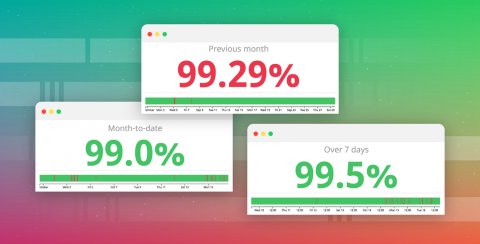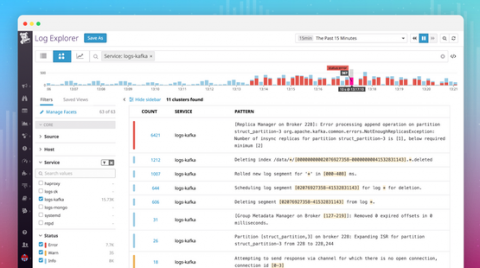Operations | Monitoring | ITSM | DevOps | Cloud
%term
Motadata - Network Management System | Log Management | IT Service Management
Blue-Green Deployment Strategies for PCF Microservices
Blue-green deployment is a well-known pattern for updating software components by switching between simultaneously available environments or services. The context in which a blue-green deployment strategy is used can vary from switching between data centers, web servers in a single data center, or microservices in a Pivotal Cloud Foundry (PCF) deployment.
We can do better failure detection in serverless applications
Traditionally in white-box monitoring, error reporting has been achieved with third party libraries, that catch and communicate failures to external services and notify developers whenever a problem occurrs. I’m here to argue that for managed services this can be achieved with less effort, no agents and without performance overhead.
Introducing the Datadog Cluster Agent
As containers and orchestrators have surged in popularity, they have created highly dynamic environments with rapidly changing workloads—and the need for equally dynamic ways of monitoring them. After all, orchestration technologies like Kubernetes, DC/OS, and Swarm manage container workloads both at the node level and at the cluster level, which means that you need to gather insights from every layer to fully understand the state of your infrastructure.
4 Reasons Why Your Source Maps are Broken
Source maps are awesome. Namely, because they are used to display your original JavaScript while debugging, which is a lot easier to look at than minified production code. In a sense, source maps are the decoder ring to your secret (minified) code. However, they can be tricky to get working properly. If you’ve run into some trouble, the tips below will hopefully help you get everything in working order.
Track the status of your SLOs with the new monitor uptime widget
Service level objectives are an important tool for maintaining application performance, ensuring a consistent customer experience, and setting expectations about service performance for both internal and external users. We are very pleased to announce the availability of a new monitor uptime widget that makes it simple to monitor the status of your SLOs and communicate that status to your teams, executives, or external customers.
Log Patterns: Automatically cluster your logs for faster investigation
Sifting through all your logs to find what you need can be challenging—especially during an outage, when time is critical and you’re flooded with WARN and ERROR messages. To help you immediately surface useful information from large volumes of logs, we developed Log Patterns.











